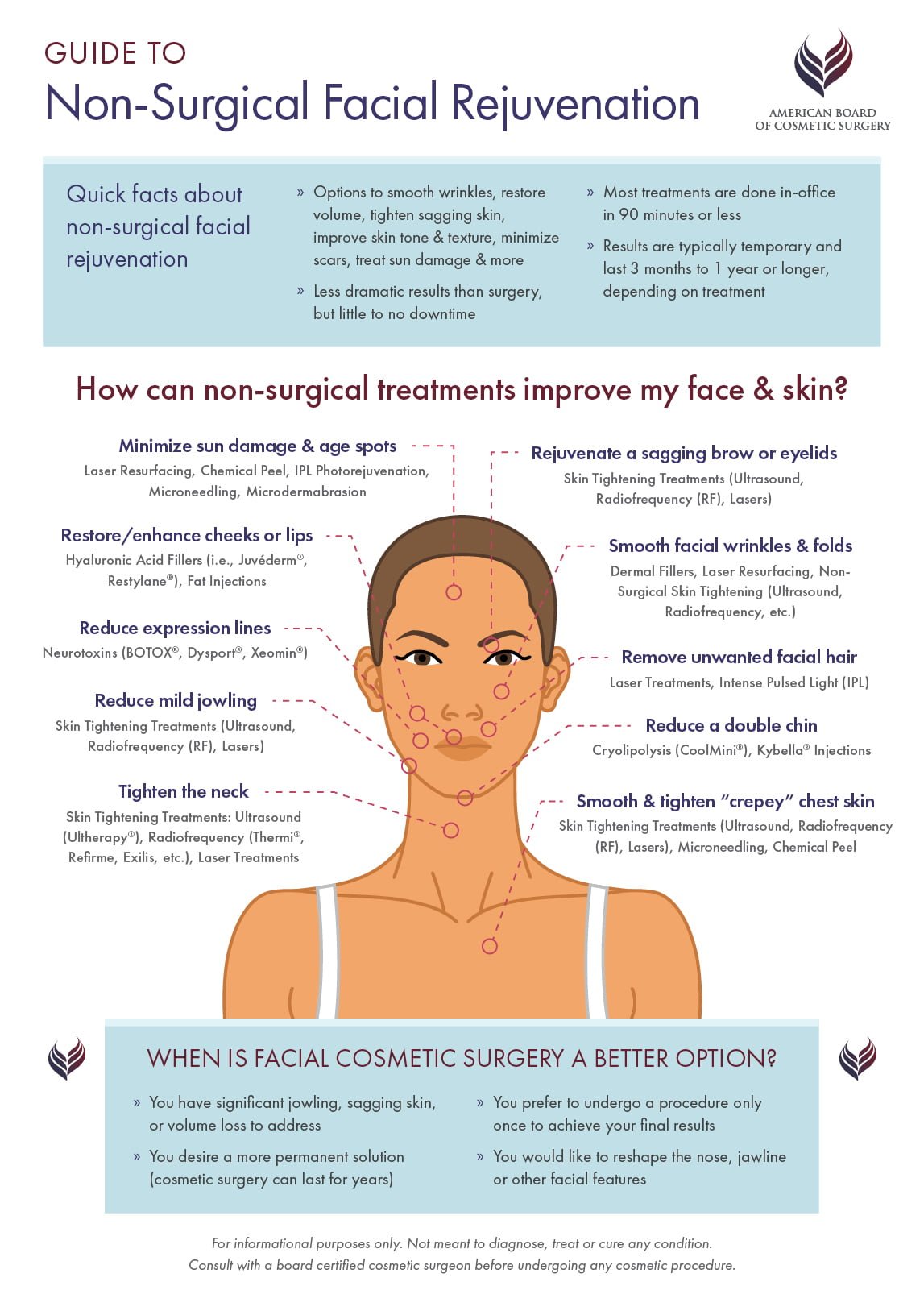Acne In People With Darker Skin Tones
Acne In People With Darker Skin Tones
Blog Article
How Does Photodynamic Therapy (PDT) Work?
Photodynamic treatment (PDT) combines a light-sensitive medicine with unique light to eliminate cancerous and precancerous cells. Your doctor puts the drug on your skin or inside your eye and after that shines a light on the therapy location.
This mix eliminates malignant cells and spares healthy tissue. Yale Medication pulmonologist George Eapen, M.D., clarifies just how this functions.
The Photosensitizer
Photodynamic treatment (PDT) utilizes a combination of light and a medicine called a photosensitizer to kill malignant or precancerous cells and extra healthy tissue. You obtain a shot of the photosensitizer, which is after that triggered by light in your body. The photosensitizer is absorbed by both healthy and balanced and malignant cells however isn't harmful until it is turned on by the light.
Light-absorbing particles, referred to as photosensitizers, are discovered in plants and animals, consisting of human beings. There are lots of photosensitizers, but most have the ability to soak up a certain range of light wavelengths.
Once the photosensitizer is revealed to a light with a coordinating spectral array, it's transformed from its ground state into an excited singlet state. This allows it to move energy to molecular oxygen, creating singlet oxygen and complimentary radicals that mediate cellular poisoning.
The Light
During treatment, an unique light is radiated on the area where the photosensitizer was used. This light triggers the drug and damages cancer cells or precancerous cells that it has actually targeted.
The drugs that are made use of in photodynamic treatment have different absorption residential or commercial properties and several of them might take hours to leave normal cells yet stay longer in cancer cells or precancer cells. This procedure allows the medical professional to target cancer cells a lot more precisely than various other kinds of treatments that utilize visible light, such as lasers or electrocautery [54]
Photodynamic treatment can treat the earliest spots of sunlight damage called actinic keratosis and can reduce skin cancer growth in people at high threat for establishing the condition. It is additionally an option for some people with wet kind age-related macular deterioration, which is a common root cause of loss of central vision in older grownups. It can not bring back the loss of vision caused by this illness, but it can reduce the progression of uncommon blood vessel development that causes damp AMD.
The Activation
Photodynamic therapy (PDT) makes use of a medication and light to deal with cancer and various other skin conditions. It targets precancerous cells and eliminates them. Unlike other cancer cells treatments that melt and destroy, this therapy kills precancerous cells while saving healthy cells.
The photosensitizer is delivered right into the skin via topical, oral or intravenous management. It is absorbed by the lump cells and activated when revealed to light of a particular wavelength. This causes a sequence of photochemical responses that generates responsive oxygen species (ROS) that damages lump tissue and eliminate cancer cells.
PDT is most often utilized to treat actinic keratoses and in situ squamous cell cancer (Bowen disease). It can additionally be used to deal with other kinds of skin cancer cells, including shallow basic cell carcinoma. It can be utilized alone or with other treatments, such as surgical procedure or radiation. It can even reduce tumors in the lungs, enabling surgery or other therapy to be safe and efficient.
The Therapy
PDT works finest in tiny unusual locations of cells that a light source can get to, such as the skin, eyes, mouth or food pipe (oesophagus) and lungs. It is likewise used to treat precancerous developments, such as actinic keratoses, which are sun-damaged cells that can develop into cancer.
Physicians carry out the photosensitizer as a cream or shot, and afterwards shine a light on the treatment location. The light destroys the unusual cells. While healthy and balanced cells soak up the photosensitizer, it stays longer in malignant cells.
After the procedure, your body naturally takes care of the dead cells. Patients with lung cancer might experience divulging blood or have a bronchoscopy to clear the lungs of the dead tissue. Sometimes, your medical professionals may use a bronchoscopy to eliminate the photosensitizer from the lungs too if it causes major facial signs. It is necessary to stay inside your home and utilize sun block when you go outside while the photosensitizer is in your system.